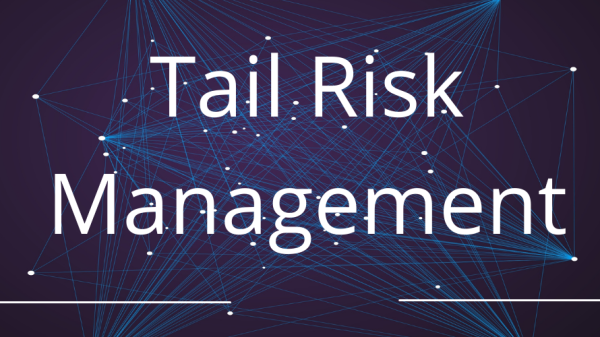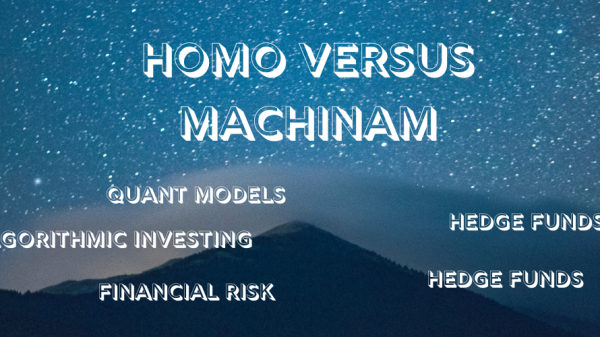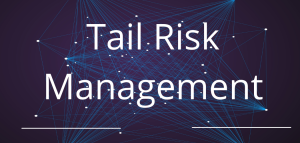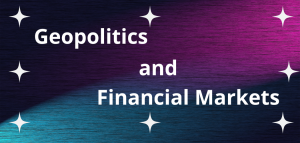By Pascal vander Straeten June 01, 2023
Today’s business models are designed to avoid complications and to operate in stable environments. Consider this: companies have thrived and survived for decades by building powerful fortifications to defend themselves. In order to protect themselves against the intrusion of competitors, organizations identified competitive advantages, constructed entry barriers that were high, and developed powerful organizations to realize their goals. In a situation when change was usually predictable and manageable, these walls seemed impenetrable.
However, even with a quick glance around, it is clear that business and the world are evolving at a faster pace than ever before (a result of globalization, digitalization, widespread information sharing, etc.), and stability and predictability are no longer possible (actually, they have never existed, but the pace of change is increasing). The pace of change has left many forts (= businesses) struggling to protect themselves as a result of technological advancements, emerging markets, empowered consumers, and evolving regulations. Fortress building is an ineffective strategy for gaining a competitive advantage in today’s marketplace because stability is increasingly rare. Businesses that succeed in tomorrow’s world will need to operate like ‘ocean-faring ships’ with the ability to adapt quickly to ever-changing business environments. In addition to being aware of their surroundings, these ‘ships and their crews’ can adapt quickly to changes. Strategically, it is imperative to build organizations similar to ships, because there is no such thing as a deep enough moat to protect companies from market forces and customer demands that change constantly.
Global companies typically allocate resources and assets based on cash flow generating capacities in their existing markets, which means they build projections based on data and an environment that is considered manageable. As they say, one size does not fit all: current business strategies assume homogeneity in markets and customer needs, but that’s no longer true (and never was). In other words, in traditional risk management, there is an implicit assumption that risk can be objectively measured (and that risks would be distributed normally). Theoretically, there are no qualitative differences between types of risks in a quantitative methodology (risk is defined as “probability of negative outcome X severity of the outcome”).
So, to draw a parallel with history: if you are a firm that is looking to conquer new markets: yes, Place, People, Promotion, Price, and Product are important features (the famous 5 Ps from marketing) but you should act as a smart power (= empire) who wishes to expand. Is that possible? The strategy must embrace volatility and disorder rather than avoid it by building a resilient business model. As Alexander the Great did not build his vast empire by remaining in Greece, neither did the British empire become great by staying confined to the British Isles.
Having a flexible operating model organized into business units, shared functions, and across the organization’s ecosystem is what makes a company ‘ship-like’. Defining a company’s core customers and what it will offer them is the key to choosing the right operating model. When an organization has a clear tail risk strategy, it can systematically evaluate its capabilities and determine what it needs to do today and where it needs to invest.
That is why tail risk management is a necessity. However, as I have explained in a multitude of articles, tail risk management is not something to be exploited for application. It doesn’t represent some mathematical or scientific discovery that can be used in novel ways. Instead, it represents a set of techniques and processes for analyzing what could lead to volatility, how you could identify tail events, and foremost mitigate their effects.
In essence, we are dealing with something very similar to chaos theory. As a matter of fact, chaos theory is a wide range of approaches aimed at understanding and assessing dynamical systems that are deterministic (i.e., they follow apparently simple rules that lead to behaviors that are dependent only upon their initial conditions), but yet are very sensitive to input changes (e.g., remember the Butterfly Effect). As a result, the understanding of certain classes of these systems leads to a better understanding of the physical/socioeconomic world and / or the design of technology/processes that interact with them.
Chaos is also perceived as unpredictable due to the “sensitive dependence on initial conditions”-“The Butterfly Effect”, just as Black Swans (although many of these Black Swans are caused by poor strategic decisions or human behavior). An example of a chaotic system in nature is the weather, waves, and heartbeats. Chaos is not “pure” randomness; it is only an illusion of randomness, when you think about it. As a result, we cannot accurately predict long-term results in chaotic systems due to our finitude – the ability to measure initial conditions in chaotic systems.
A snowflake is an example of chaos: “chaos describes a complex, unpredictable and orderly disorder” (Tetenbaum, 1998, p. 24).
Despite chaos, there is order. Biological evolution, the “world economy”, and Silicon Valley are also examples of systems that produce novelty. The long-term future cannot be predicted, but we can anticipate it and have a general idea of its trajectory, similar to weather forecasts, for example. Yes, with so many variables facing businesses and organizations, the old paradigm of predictability is no longer relevant – but there are still ways to manage risks in a chaotic world, including:
- Adaptability/flexibility (resilience)
- By mapping risks and implementing early warning systems, adequate information can be gained
- An emphasis on creativity and innovation and an openness to knowledge sharing
- Intentionally creating turbulence in a company (through supply chain risk management, scenario planning, and reverse stress testing) will stimulate innovation.
- Preventing risks and managing contingencies (through financial contingency planning)
So if you’re a risk manager, you would be careful to constrain your parameters to stress factors with manageable equilibria. So chaos theory gives us a way to reason about complicated systems. We can use the reasoning to keep us out of trouble, or we can use the reasoning to evaluate whether theoretic models of nature make sense. And, this how tail risk management is embracing chaos theory.







